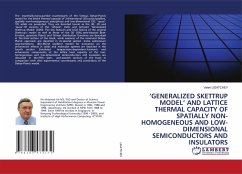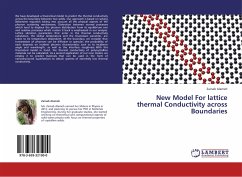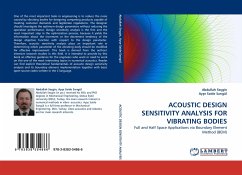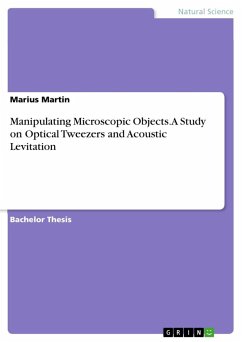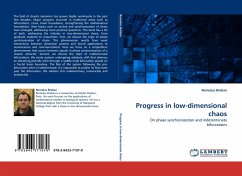The essentially many-particle counterparts of the famous Debye-Planck model for the lattice thermal capacity of 3-dimensional (3D) polycrystalline, spatially non-homogeneous amorphous and low-dimensional (2D, 'quasi'-1D) solids are presented. They are denoted herein as the 3D, 2D and 'quasi'-1D versions of the 'refined', static and isotropic 'Generalized Skettrup Model' (GSM). The key features and brief history of the original Skettrup's model as well as those of the 3D GSM, semi-classical Bose-Einstein, quantum Planck and Tolman distribution functions are described in the third section of the book, while essences of the canonical Debye-Planck approach are depicted in its second section. Some well-known approximations (like Morse oscillator model) for evaluation on the anharmonic effects in solids and molecular systems are depicted in the fourth section. Simulated temperature-dependent harmonic and anharmonic components of the lattice heat capacity of the non-homogeneous and low-dimensional semiconductors and insulators are discussed in the fifth, sixth, and seventh sections of the book in comparison with their experimental counterparts and predictions of the Debye-Planck model.
Bitte wählen Sie Ihr Anliegen aus.
Rechnungen
Retourenschein anfordern
Bestellstatus
Storno

